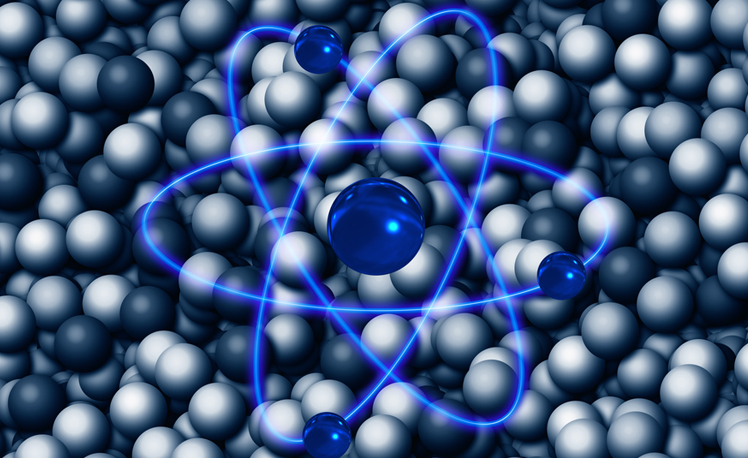TURBOMOLE
BIOVIA TURBOMOLE is a global collaborative software project that aims to provide efficient and stable computational tools for quantum chemical simulation of molecules, clusters, and periodic systems. The TURBOMOLE software suite is optimized for breadth of availability, cost performance, and resource consumption, such as parallel efficiency for multi-core workstations and minicomputer clusters. Turbomole is considered to be one of the fastest and most stable codes for performing HF, DFT, MP2 calculations. It is not characterized by new methods and new functions, but by solving how to process industrial application molecules quickly and stably in as short a time as possible and with as little memory requirements as possible. In particular, its unique RI-DFT method is said to save 10 times the CPU time compared to most other DFT programs, so it is very suitable for large molecule calculations or repetitive calculations of medium molecules.
TURBOMOLE focuses on methods for calculating electronic structures with excellent precision and cost ratios, such as density functional theory, including local mixing, random phase approximation (RPA), GW-Bethe-Salpeter method, second-order Møler-Plesset theory, and explicitly correlated coupled cluster methods. TURBOMOLE uses the Gaussian Group and has made key contributions to many fast and low-scale algorithms over the past 30 years, such as direct integration, fast multipole method, identity solution approximation, virtual frequency integration, Laplace transform, and paired natural orbit methods. Typical TURBOMOLE applications include structural optimization and transition state search for ground and electron excited states, calculation of energy and thermodynamic functions as well as optical, electrical, and magnetic properties, and ab initio molecular dynamics simulations inside and outside the Born-Oppenheimer approximation. For condensed matter simulations, periodic boundary conditions, solvation models, and more general electrostatic and polarizable embedding of atoms can be effectively implemented.
Benefits
-
Up to 80% faster results
-
25% improvement in researcher productivity
-
Physics based computational quantum chemistry methods
-
Both State of the Art and Cutting Edge tool
-
Powerful toolbox experts and non-experts can handle



